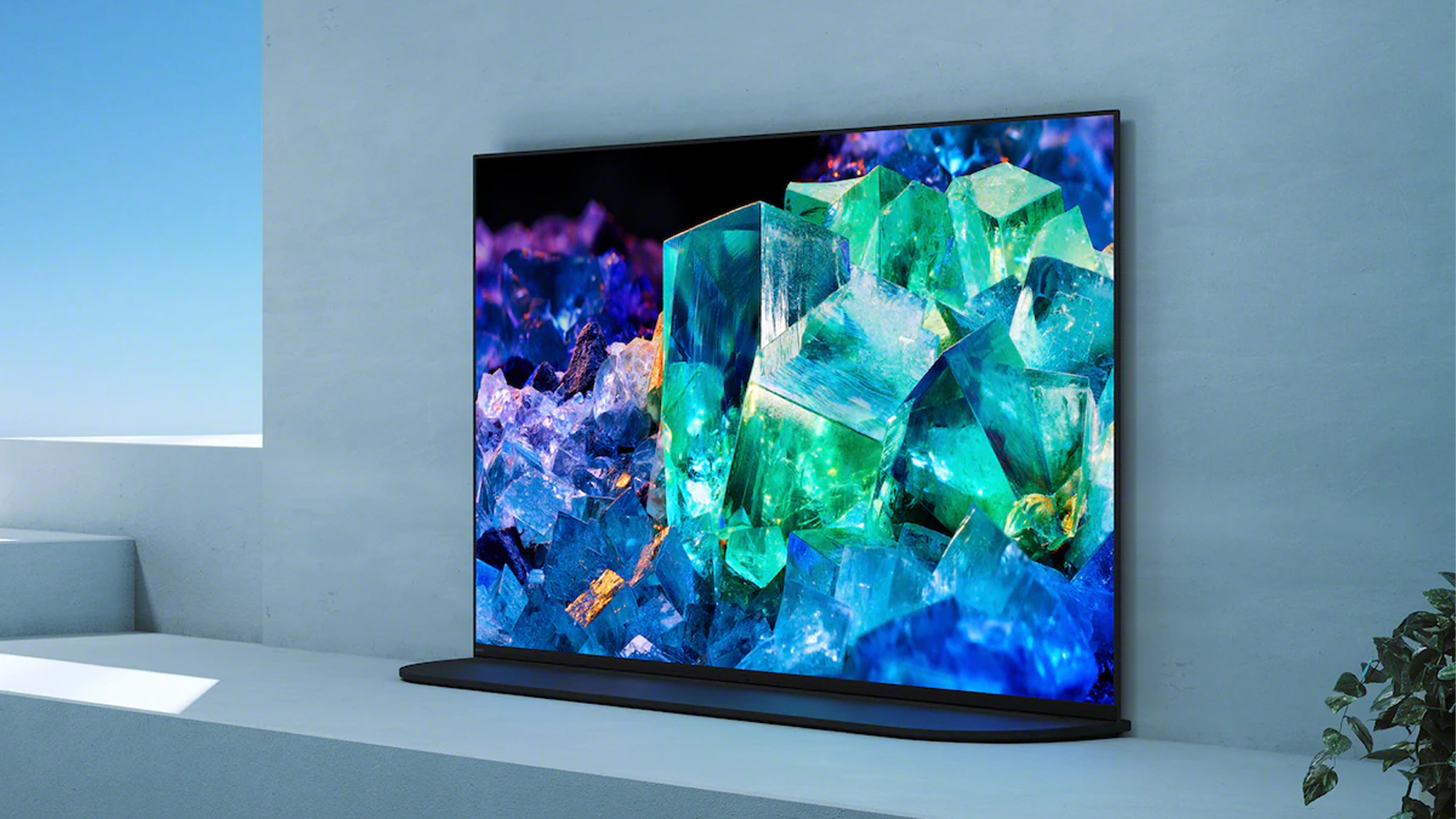OLED TV shopping decoder ring: WOLED vs QD-OLED vs MLA
Each OLED display technology has its benefits, so it’s important to know the differences

OLED TVs are a great option if you’re looking to pick up one of the best TVs on the market. Their ability to completely turn off their pixels and subpixels gives them an edge over QLED TVs when it comes to representing true blacks and excellent contrast. They've often fallen short when it comes to brightness, but because they can turn pixels completely off, they actually don’t need to hit the same peak brightness levels as traditional LED-LCD TVs.
But there are a lot of buzzwords when it comes to the OLED TV market. WOLED, QD-OLED and MLA OLED are probably common acronyms to you if you’ve been shopping for an OLED TV recently, and unless you are constantly reading up on the latest TV news (and if you are, kudos to you!) it can be easy to get confused by all these marketing terms.
So let’s break down what WOLED, QD-OLED and MLA OLED mean and why it’s important to know the differences.
WOLED: LG OLED panels aren’t just for LG TVs

WOLED display panels, or white organic light-emitting diode display panels, are manufactured by LG Display, a subsidiary of LG. However, they don’t make displays just for LG — Sony uses WOLED display panels for its mid-tier OLED TVs and Samsung is planning to use LG WOLED displays in the near future. In fact, it already uses an LG WOLED panel in its biggest Samsung S90C OLED TV.
WOLED display panels take a traditional OLED panel with red, green and blue (RGB) subpixels and add a fourth white subpixel (the W in WOLED). This has some benefits and some drawbacks. By adding that fourth white subpixel, WOLED TVs are purported to suffer less from burn-in, and there’s some evidence to back that up.
However, it has some drawbacks too. WOLED displays can’t match the brightness or color accuracy of the best QD-OLED and MLA displays. So while the WOLED displays are great, there are some better options in terms of picture quality.
QD-OLED: OLED takes a Quantum leap

QD-OLEDs ditch the white subpixel of the WOLED displays made by LG Display. But, these Samsung Display-manufactured OLED displays also add a Quantum Dot filter (the QD in QD-OLED) — and it pays off in a big way.
Sign up to get the BEST of Tom's Guide direct to your inbox.
Get instant access to breaking news, the hottest reviews, great deals and helpful tips.
Namely, the color accuracy and brightness are noticeably superior. Don’t believe me? Check out our list of the best OLED TVs. You’ll see the number one spot occupied by the Sony Bravia XR A95K OLED TV, which thanks to its Quantum Dot filter has outstanding color and brightness, particularly in HDR (high dynamic range). The number two spot is occupied by the Samsung S95C OLED TV, which is also a QD-OLED TV and like with the Sony, its brightness truly blew us away.
The only drawback with QD-OLED TVs is that they can sometimes suffer from burn-in faster than LG WOLED displays — at least according to LG. They can also be a bit more expensive, as both the Sony and Samsung cost hundreds of dollars more than the WOLED LG C3 OLED and are about the same price as the MLA-equipped LG G3 OLED TV. So while they are excellent TVs, they aren’t always the best value.
MLA OLED: WOLED on steroids

Finally, there is MLA OLED, which is essentially an LG WOLED display on steroids. MLA stands for Micro Lens Array and is the term LG uses for WOLED displays that have microscopic lenses affixed to the display panel.
Well, LG actually uses the term META because, in addition to MLA, it also adds its META booster algorithm to ensure peak performance. However, this gets a bit confusing given there’s already a tech company using that name. So if you see MLA or META, just know it’s the same thing in terms of the display tech.
These microscopic lenses may be small, but the additional brightness they give LG WOLED displays is massive. The LG G3 OLED is currently the only MLA TV on the market, and it's significantly brighter. According to LG, the LG G3 OLED TV will have double the peak brightness of the older LG G2 OLED TV thanks to MLA technology. And given OLEDs suffer when it comes to brightness, MLA could really shore up OLED technology’s main weakness.
Verdict: Each OLED display has its own benefits and drawbacks
There’s no one true answer to which display technology is better. WOLED displays aren’t quite as good as QD-OLED displays in terms of brightness and color accuracy, but they’re cheaper and can be less susceptible to burn-in. The LG OLED TVs using WOLED displays in particular are good enough value that they are worthy of consideration over a QD-OLED TV.
And then there’s MLA, which we just don’t know enough about. LG says it’s brighter and better, and our early hands-on review of the LG G3 OLED suggests that it is at least brighter, but we won’t know for sure until we test it ourselves. Even if it does turn up the brightness, it will still cost around the same as a QD-OLED TV and may not match QD-OLED’s color accuracy thanks to the latter’s Quantum Dot filter.
But now, you at least know what each term means and why it's important. And that means when you’re shopping the best OLED TV deals you’ll know what to look for.
More from Tom's Guide

Malcolm has been with Tom's Guide since 2022, and has been covering the latest in streaming shows and movies since 2023. He's not one to shy away from a hot take, including that "John Wick" is one of the four greatest films ever made.
